 AD
AD
Today is: November 05
Scroll to explore events active on this date.
Additional Events on LEEP
LEEP INK FEATURES

August? Absolutely!
In August, we live through the Dog Days of Summer. It's hot and often humid, and those who can leave for better climates do. Down south, winter is in full force. August is also known as "the ...

In The Heat of July: July 2025 Events
Is it hot enough (or cold enough if you're below the equator) for you yet? There is actually a day for that! Like every month, I pick a diverse collection of events you may or may not know about. This ...

May Blooms: Events in May 2025
Along with October, May is one of the most densely packed months of the year. It's before the summer humidity and the last whole month of the school year. The weather is warming in t...
About Student's Day in Iran
Civil Rights , Education
Middle East/West Asia
Ends: Dec 07, 2021
DESCRIPTION:
Student's Day is in memory of three student protesters martyred December 7, 1953, free speech and the right to assemble.
Most of the animosity between the West and Iran can be traced back to 1953. At the beginning of the year, Iran was a democracy and seen as one of the most progressive nations in the region. Its natural resources, highly educated society and forward thinking prime minister Mohammad Mosaddeq, projected a bright future for the Asian country.
Mosaddeq was a man of the people, and he believed the natural resources of his nation should belong to the people. This created a problem for two other countries, the United States and Great Britain. Nationalized oil wouldn't allow for American or British companies to profit to the extent required, and there was a lot of profit to be had. Oil wasn't the only natural resource. Iran has a variety of ecosystems,, minerals and sources of wealth. The prime minister had other progressive ideas that would make the most populous and wealthiest Persian nation less amenable to foreign stewardship and coaxing; these ideas also made the nation less susceptible to the internal corruption of the past. This was not acceptable to various powers in the post World War II political classes, nor to former loyalists of the monarchy within Iran.
Essentially, on August 19, 1953, agents of the CIA, MI-6 and various dissenting factions within the Iranian population, orchestrated a coup, overthrew the prime minister and installed the exiled Shah, (king), back in power. Martial law was declared and the secret police began arresting and tracking dissenters. The Shah, a dictator, ruled with an iron fist, but deferred to Western powers, which helped him to stay in power until his people overthrew him in 1979. The Hostage Crisis, culminating with the storming and occupation of the US Embassy in Tehran, is one of the most well-known events of that year. The year 1979 is when animosity between Iran and its Arab neighbors began to escalate. It is also the year much of the Arab world pivoted to very conservative. That's another story.
Given this (very, very, very) basic background of a tremendously complex history, we go to the reason Iran observes Student's Day.
December 7, 1953, Tehran University students gathered to protest the upcoming December 9 arrival of US Vice President Richard Nixon. The peaceful protests were met with a 'Shoot to Kill' order from the Shah's security forces. Three student protesters, Mostafa Bozorgnia, Ahmad Ghandchi and Mehdi Shariat-Razavi were killed. Though the public remembered the martyrs each year thereafter, the Shah's security services would ruthlessly pursue and dissuade anyone from recognizing their sacrifice during his rule.
Immediately following the 1979 revolution and the deposing of the Shah, Student's Day became a symbol of the nation's displeasure with American foreign policy. Over the next few decades, under the strict rule of the Ayatollahs, the day was often used by the people to voice opinions about their own rulers, in addition to foreign nations. This did not sit well with the religious and political leaders, who brought the repression of dissent and free speech back full circle to 1953, without the bullets. By 2009, celebrations of Student's Day could be observed, as long as they were not critical of the Iranian government or its religious leaders.
Iran's Student's Day embraces a dynamic history. How it will be observed in the future, only the future will tell.
Review the events of the 1953 coup via the US National Security Archives:
https://nsarchive2.gwu.edu/NSAEBB/NSAEBB435
VIDEOS
Currently, this event does not have supporting videos.
SUPPORTING DOCUMENTS
Currently, this event does not have supporting documents.
ADDITIONAL IMAGES
Currently, this event does not have supporting images.
Where would you like to go now?
LAST UPDATED:
Jul 18, 2022EVENT MANAGER:
Currently, this event does not have any manager yet. AD
AD


















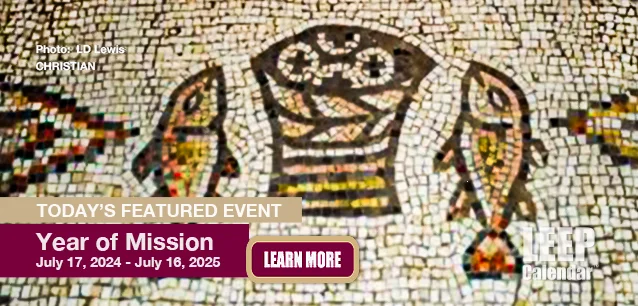


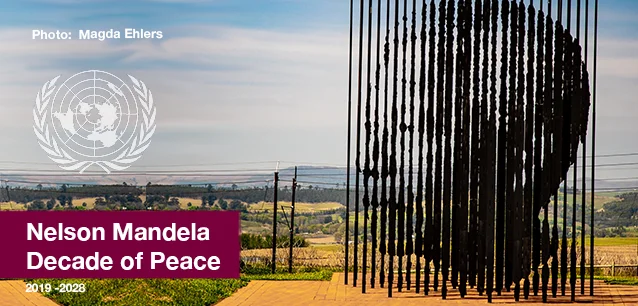



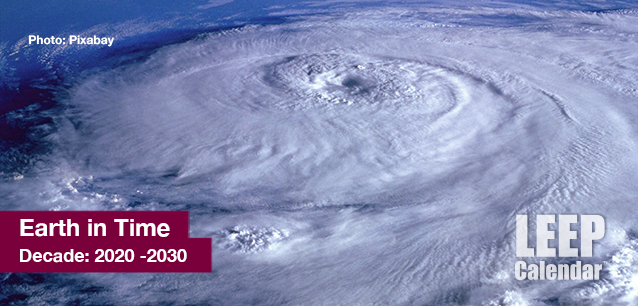






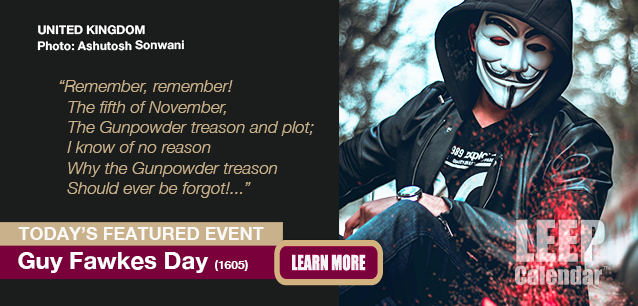










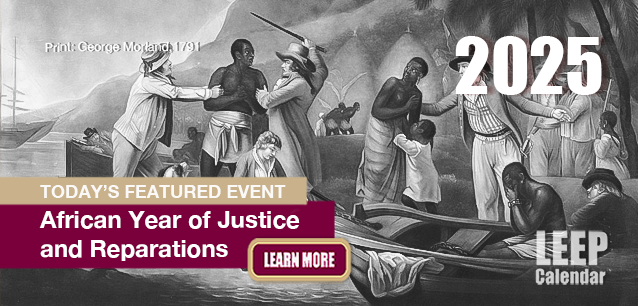

























/footer-logo.svg)
